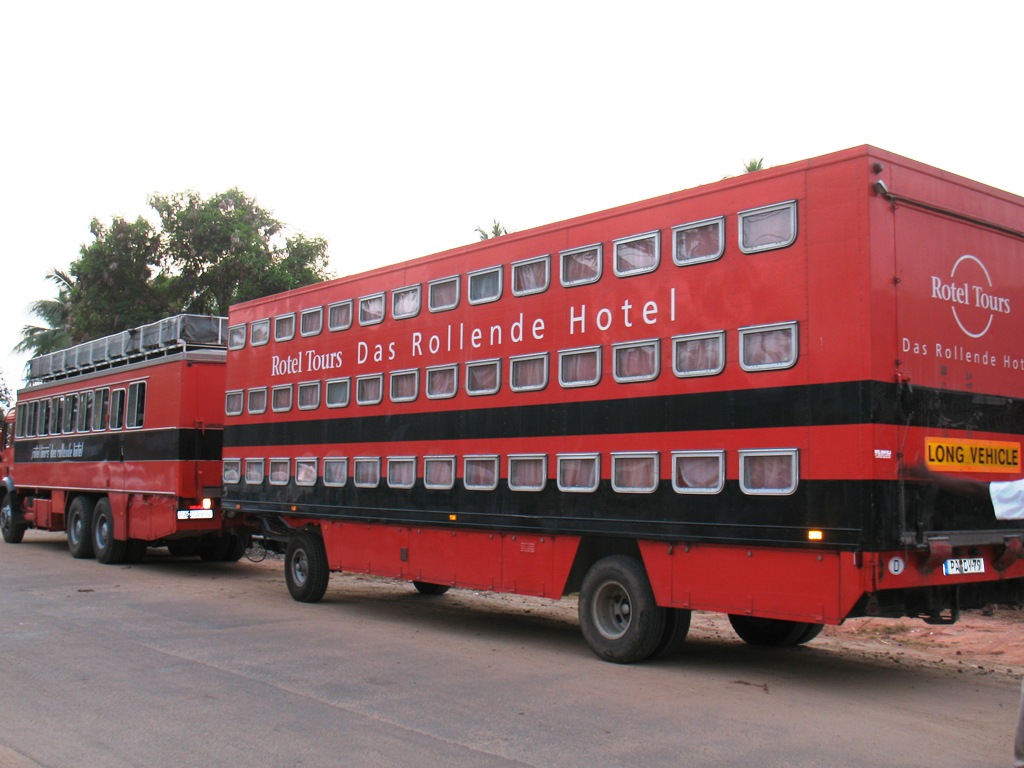When foreign tourists visit Iran, they usually start from Tehran, and take in their tour Shiraz, Isfahan, and Yazd. If there is time left, they include Kerman, Kashan, Qom, Kermanshah, Hamedan, and Ahvaz in their trip, Fateme Babakhani wrote in Donya-e Eqtesad.
The combination of the above mentioned cities denotes a cultural interest among foreign tourists traveling to Iran. They are enthusiastic about historical monuments; both pre-Islamic and Islamic architecture. This is why tour-organizers put the cities of Shiraz and Isfahan prior to every other city on their list of itineraries.
But this prioritization brings about problems like lack of lodgings in Shiraz and Isfahan during high seasons. As stated by the relevant officials, the hotels in the two cities have been fully booked till the end of 2015, with no free space left for additional tourists.
Dual-Purpose Trains
As one solution, this shortage is compensated by foreign trains that provide both transport and lodging. Late this summer, the Turkish Antonina’s travel tour of One Thousand and One Nights, partnered by the German company of Lernidee, and coordinated by the Iranian tourism organization AITO, brought Iran some travelers from Germany, Russia, Switzerland, Denmark, England, Australia, Spain, Singapore, and Turkey. The tourists on board visited the cities of Zanjan, Yazd, Isfahan, Shiraz, and Tehran before returning home.
Another such tour, the luxury train Golden Eagle Danube Express, known by the Europeans as the ‘hotel on wheels’ arrived in the country on October 23 from Hungary. It was coordinated by the international company, Pasargad-Tours.
Tour operators believe such trains have partly solved the problem of accomodation in the most visited touristic cities, making room for more foreign travelers. On the other hand, those, like members of the Hotel Owners Association, believe in a more uniform travel distribution as a solution to the lodging problems.
Role of Tour Operators
As tourism experts maintain, Iran is an esoteric land; with well-organized tours, travelers can be encouraged to visit the remote corners of the country. It is true that most foreign tourists want to visit Isfahan and Shiraz first, but the role of tour operators cannot be ignored in this regard. A well versed tour organizer can introduce alternative destinations and provide the tourists with a bigger picture, Arash Nuraqaee wrote in Donya-e Eqtesad.
Head of Hotel Owners Association Jamshid Hamzezade said discounts for the tours can help achieve equitable travel throughout the country. Advertisements are an important tool to create awareness about the less frequented attractions of the country, he noted.
Shiraz & Isfahan
However, according to the head of the managing board of Tour Guides Society Abbas Pirmoradian, Shiraz and Isfahan cannot be ruled out of foreign tourists’ itineraries, for most of them know Iran by the two cities.
“Imagine you are visiting Egypt and France; can the tour organizer miss the pyramids and Eiffel Tower and keep you happy?” Pirmoradian asked rhetorically. Of course, those who are visiting Iran for the second time or more, can afford to see cities like Kermanshah and Hamedan as well; but for the first timers, Shiraz as an emblem of ancient Iran, and Isfahan as a manifestation of Islamic architecture, are must sees.
This is, of course, as far as cultural tourism goes, Pirmoradian reminded. Iran has many other potentials to attract tourists. Thus, other aspects of tourism, including eco-tourism, should be promoted as well. As an example, he mentioned the ski resorts of the country that can attract lots of tourists in winter, when cultural visitors are relatively low in number.
Deserts of Iran are another touristic attraction; they are especially attractive and somehow exotic for European travelers. Such places deserve to be included in travel itineraries by patrons of the tourism industry, to attain well-balanced tourism across the country.


